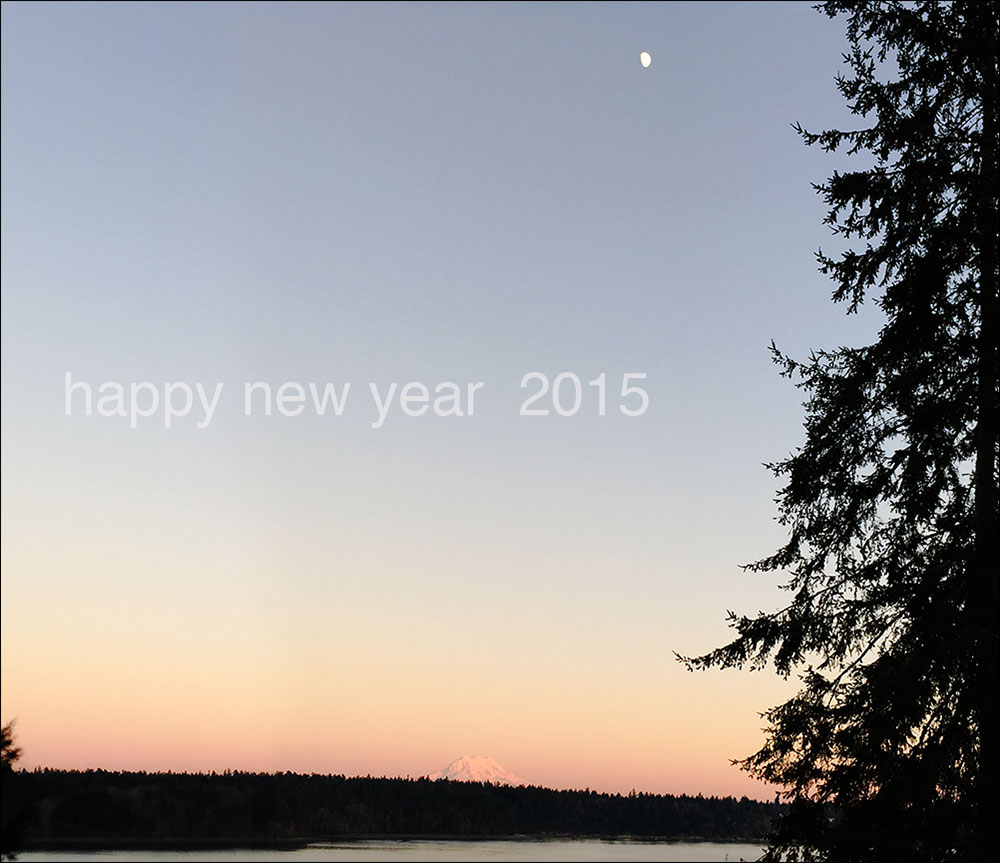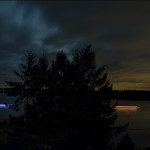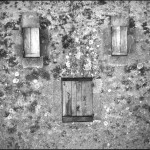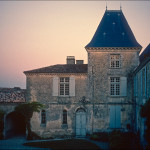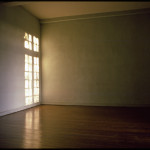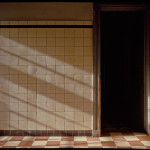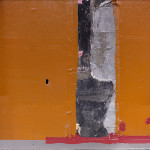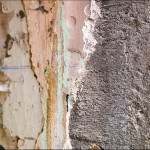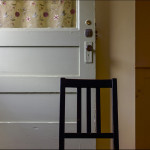The year just passed, 2014, was exciting in the studio, and out of it as well, where most of my photographs are made. Early in the year I began working at a digital imaging studio, scanning a selection of images from my film archive as well as printing images taken with my Leica M9 camera. Some of the digitized images have been used in various posts in my blog, the words section of this site. Several are still in process requiring more attention in preparation for printing. My normal mode of presentation for images on this site has been to limit the scale of the images to 600-800 pixels wide, in an attempt to have the images load easily and provide faster access for you, my subscribers, and for viewers who find their way here from various parts of the world. To celebrate this past year and as we move forward in the new year, I’ve put together a portfolio of images in a gallery for this post. These images are scaled to fit larger monitors and retina displays, at 1280 pixels wide, and will hopefully provide you with a richer viewing experience. While somewhat larger for the screen, they remain jpeg images, compressed from the original tiff files, thus an approximation of what the images look like when printed with archival inks and paper.
A few of the images are from a residency I did in the south of France in another century; the majority are from travels up and down the west coast, between Los Angeles and Seattle. They fall into categories I explore and return to time and again, questioning how and what we see, using the basic elements of all picture making: light, color, the beauty of black and white, time, arrangement and division of space, the tension between what is in focus, how flat and implied depth can be played against each other for emphasis. These formal concerns have remained a constant in my visual explorations whether in painting, printmaking, or photography. In my studio practice I use the medium I work with to best present what is required for specific images; while there are crossovers in how I compose, the photographs are made as photographs unto themselves. Exteriors tend toward exploration of surfaces: flat, textured, and layered within the urban environment. Interiors explore volumetric relationships, contained spaces of light and dark.
A few months ago I showed a selection of paintings and photographs together. Personally, I wanted to see how they read together, how they played off of each other. I wanted to share with the community the relationship between my canvasses and some of the images that were photographed within blocks of the gallery. Who knows how many people noticed that some of the images were from surfaces they walk by on a daily basis. And as we all know, things never remain the same – in this group of artworks, two of the surfaces that I photographed for the Palimpsest Series have been covered over by a new cladding system on an exterior remodel. Behind the new skin, the surfaces that caused me to stop and compose them within my rectangle of space, remain. They exist as moments in time, now hidden from view in the real world, only visible in my photographs.

